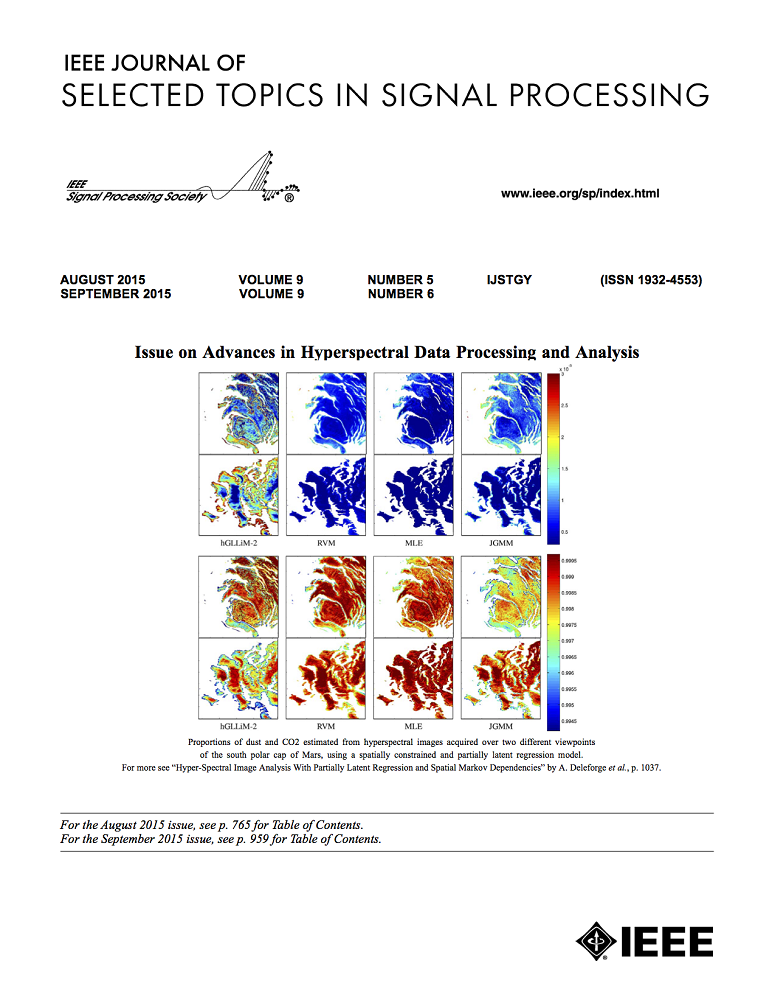Plant-Physics-Guided Neural Network Control for Permanent Magnet Synchronous Motors
IF 8.7
1区 工程技术
Q1 ENGINEERING, ELECTRICAL & ELECTRONIC
IEEE Journal of Selected Topics in Signal Processing
Pub Date : 2024-07-18
DOI:10.1109/JSTSP.2024.3430822
引用次数: 0
Abstract
In safety- and precision-critical control scenarios for permanent magnet synchronous motors (PMSMs), the external spontaneous disturbance causes unexpected speed drop. The disturbance occurs without routine, so it cannot be modeled specifically. The large speed drop and slow response speed cause a reduced life of the machines driven by PMSMs. Therefore, it is crucial to implement a method that can lead the controller to learn the effects caused by disturbances. To this end, this paper proposes a novel approach based on the basic structure of a backpropagation neural network (BP) for adaptive real-time adjustment in motor control. Regarding the lack of explainability of BP in existing methods, the electric motor physics is embedded into the BP (BP-PHY) gradient update part to enlarge the range of stability. To overcome the shortage of a potentially unstable output of neural network (NN), the learning parameter of NN is tailored based on the stability theory and motor physics. Finally, the proposed methods are implemented into simulations and experiments. The recovery time after disturbance decreases to 51.3% and the speed drop decreases to 50.3% compared to the basic controller of the PMSM, while the control stability of the NN is ensured.求助全文
约1分钟内获得全文
求助全文
来源期刊

IEEE Journal of Selected Topics in Signal Processing
工程技术-工程:电子与电气
CiteScore
19.00
自引率
1.30%
发文量
135
审稿时长
3 months
期刊介绍:
The IEEE Journal of Selected Topics in Signal Processing (JSTSP) focuses on the Field of Interest of the IEEE Signal Processing Society, which encompasses the theory and application of various signal processing techniques. These techniques include filtering, coding, transmitting, estimating, detecting, analyzing, recognizing, synthesizing, recording, and reproducing signals using digital or analog devices. The term "signal" covers a wide range of data types, including audio, video, speech, image, communication, geophysical, sonar, radar, medical, musical, and others.
The journal format allows for in-depth exploration of signal processing topics, enabling the Society to cover both established and emerging areas. This includes interdisciplinary fields such as biomedical engineering and language processing, as well as areas not traditionally associated with engineering.
 求助内容:
求助内容: 应助结果提醒方式:
应助结果提醒方式:


